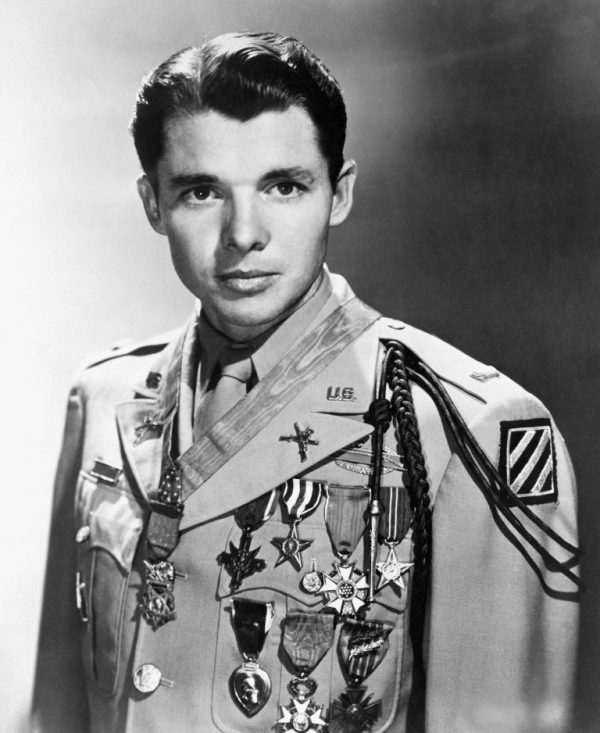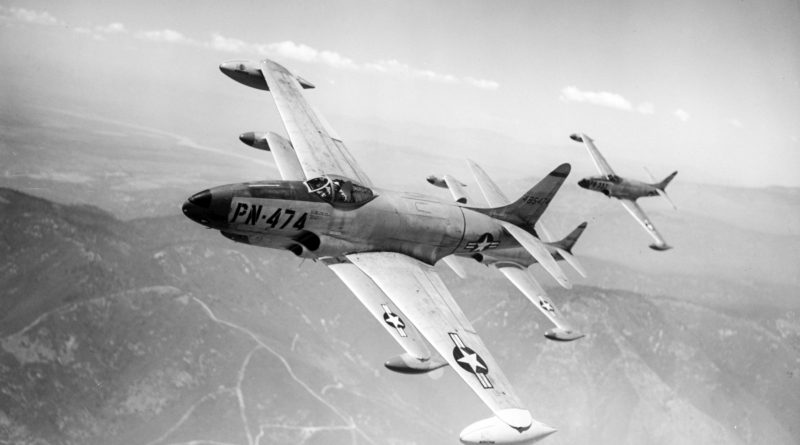January 26 in U.S. military history
1863: Following the Union general’s disastrous defeat at the Battle of Fredericksburg in December and the failed “Mud March” on Richmond, President Abraham Lincoln relieves Maj. Gen. Ambrose Burnside from his command of the Army of the Potomac, appointing Joseph Hooker in his place.
1942: Elements of the 133rd Infantry Regiment land at Belfast Harbor in Northern Ireland — the first American troops to arrive in Europe. The soldiers begin establishing the “air bridge” between the United States and the United Kingdom.
1945: A 19-year-old second lieutenant named Audie Murphy orders his company to fall back to safety when they are attacked by German armor and infantry. Lt. Murphy remains behind to covers their withdrawal with his M-1 carbine and directs fire support on the Germans before manning a .50-cal. machine gun mounted on a burning tank destroyer. Murphy holds off wave after wave of enemy assaults, with multiple 88-mm rounds hitting his position. After an hour of being decimated by the one-man army, the Germans withdraw. Murphy then organizes his men and leads a counterattack.

For his daring actions, Audie Murphy is awarded the Medal of Honor, making him one of the highest decorated men in American military history.
1946: U.S. Army Air Forces colonel William H. Councill takes off from Daugherty Field (Long Beach, Calif.) in his Lockheed P-80 Shooting Star on the country’s first transcontinental jet flight. Councill, a veteran of 130 missions in the southwest Pacific during World War II, reaches New York’s La Guardia Airport in just 4 hours and 13 minutes.
1968: Reserve and National Guard units are mobilized following North Korea’s capture of USS Pueblo and increased enemy activity in Vietnam. The Viet Cong’s TET Offensive will kick off in less than a week.
